30 years of Game Boy: How Nintendo's modest handheld became a such a massive success
Retro Gamer reflects on the 30th anniversary of the Game Boy with developers that were there at the time
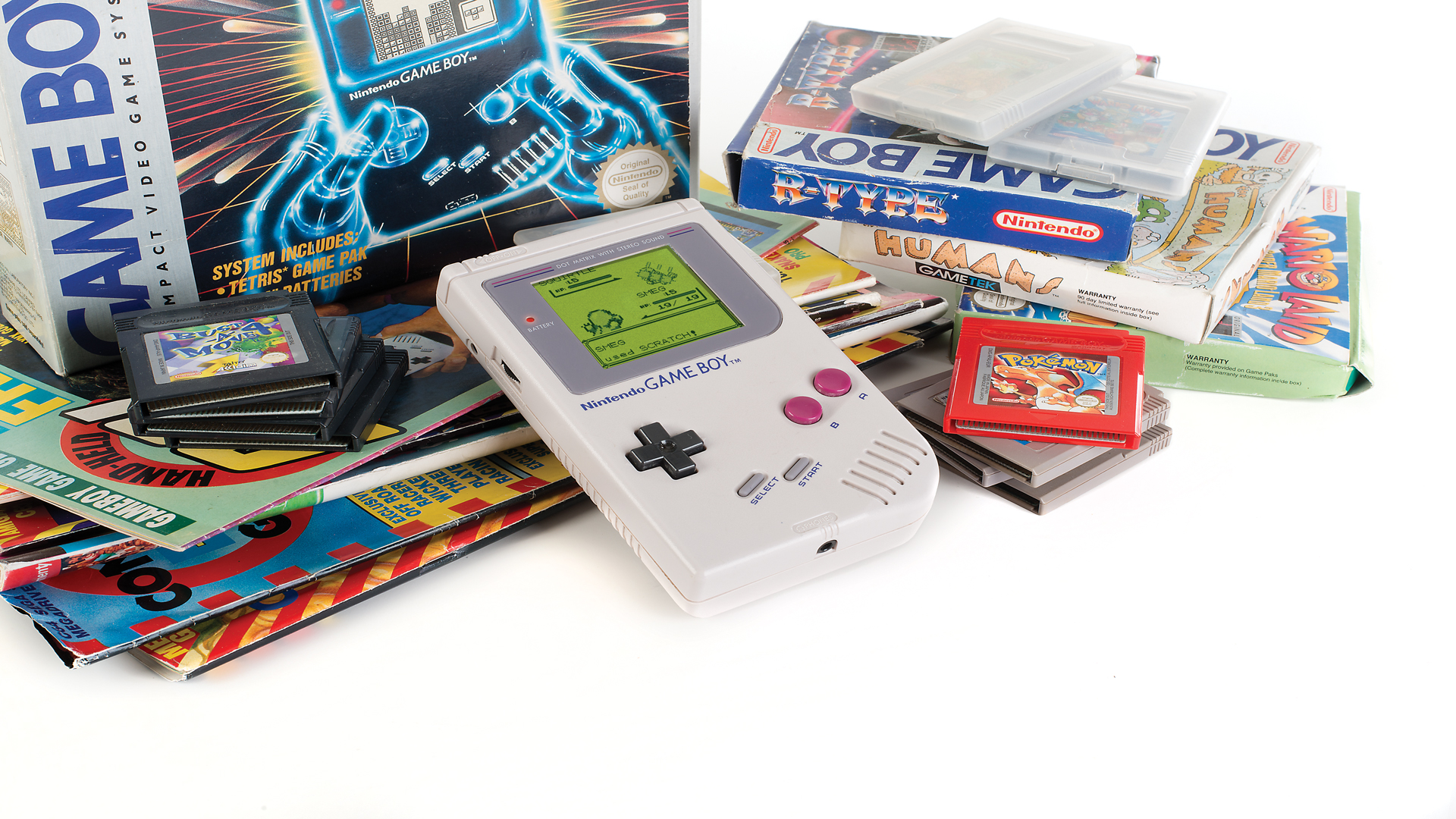
On 21 April, 1989, Nintendo changed video games forever. This week marks the 30th anniversary of the Game Boy, a handheld that once unleashed upon the world would take portable gaming mainstream and help millions discover a newfound passion for play.
It’s been 30 years since the world first got its hands on the system, the creation of veteran designer Gunpei Yokoi and his team at Nintendo. To help us celebrate 30 years of Game Boy, Retro Gamer magazine looks back at that most modest of handhelds to find out what made it such a massive success.
Game Boy retrospective
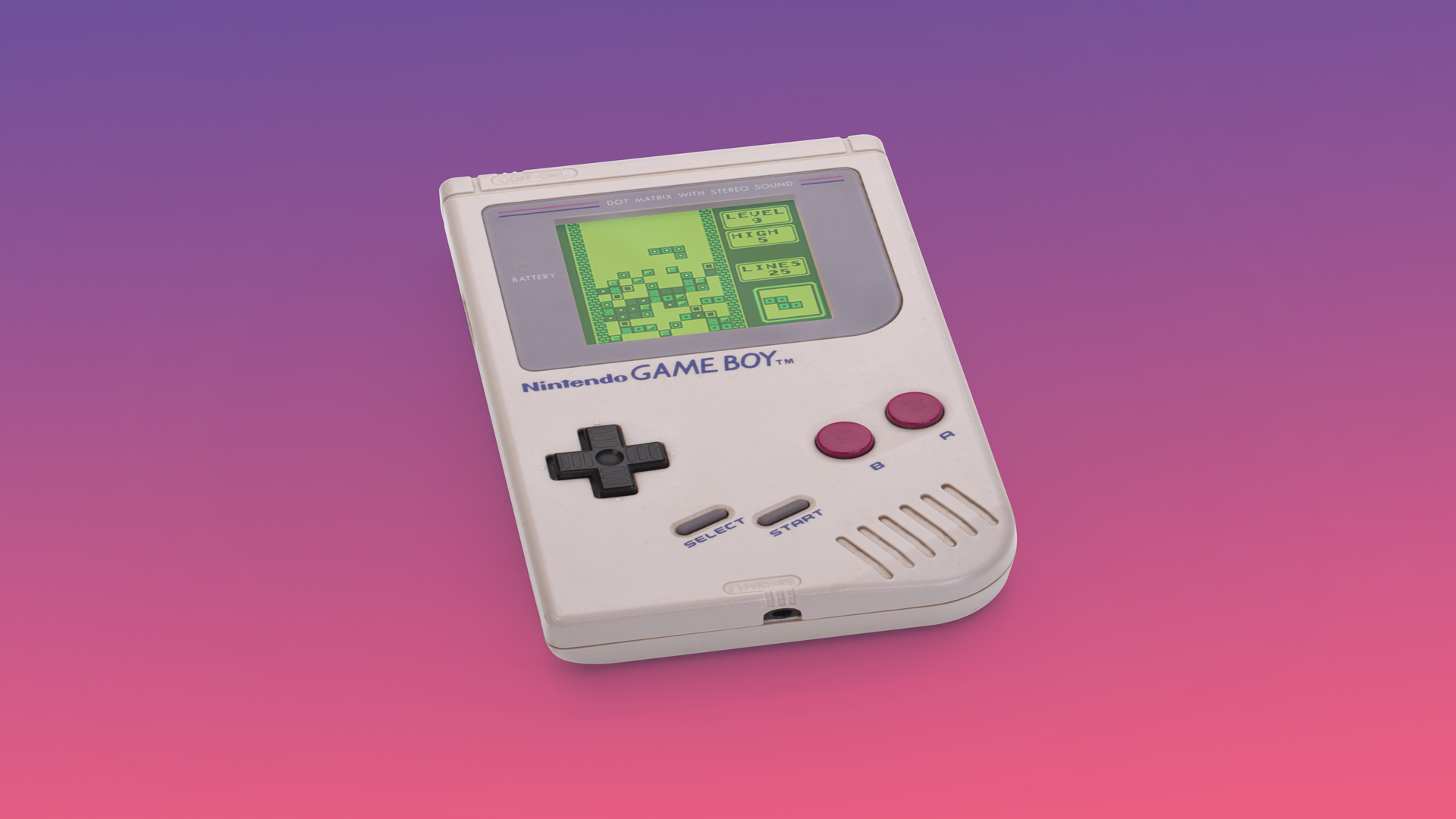
It’s often said that there are no surprises in gaming anymore. In this connected age we now know everything, instantly. The days of walking into a shop and being blindsided by new gaming hardware and software are dead and gone. But things haven’t really changed that much. It was just less immediate in the past, with gamers having to rely on magazines drip-feeding information about exciting new products. This was certainly the case with the Game Boy, the Nintendo handheld that launched in Japan in April 1989 and the US shortly after – though it wouldn’t arrive in Europe until September 1990.
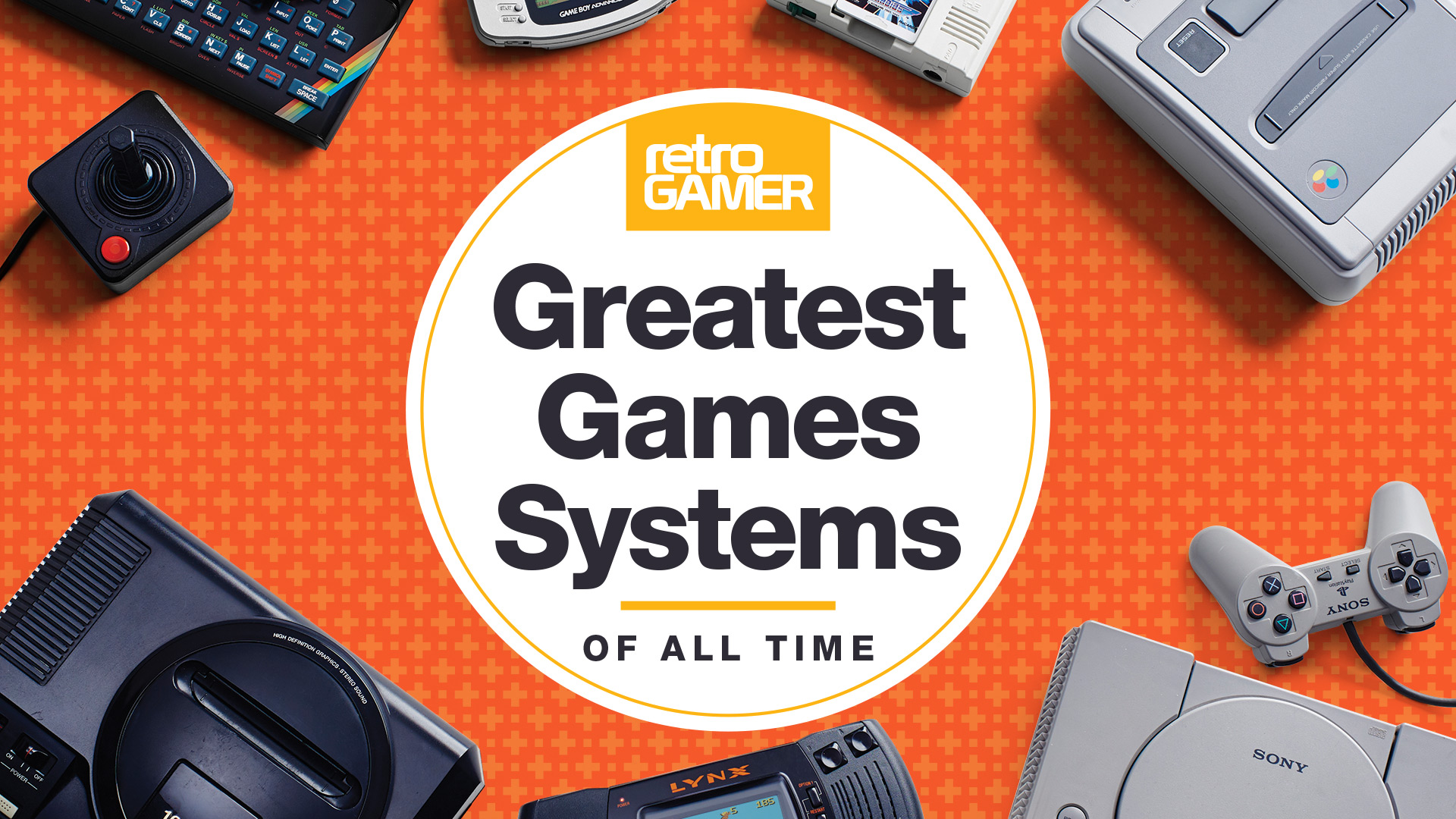
Love your Game Boy? Find out where it ranked in our list of the 30 best video game consoles of all time.
The long-running and respected UK magazine Computer & Video Games dropped the first details to UK starved gaming enthusiasts in its May 1989 issue, calling Nintendo’s new machine a "micro- marvel". There was a product image too, allowing readers to scrutinise its key characteristics: the D-pad and button configuration, the grey-coloured shell, the yellowy-green screen. Displayed on that screen was a little something called Super Mario Land.
It wasn’t, however, possible to judge the size. There were no hands gripping the Game Boy for comparison. All was revealed in the July 1989 issue of C&VG when deputy editor Julian Rignall got his own hands on a Japanese Game Boy for an import review. "There’s a new Nintendo console in town," he wrote at the time. "It fits comfortably in the palm of your hand, has its own tiny TV screen, and the games come on cartridges the size of a matchbox. Sounds too good to be true?"
Happily, Rignall revealed that the Game Boy was not just real but rather quite brilliant. "The console fits in your hand perfectly," he remarked at the time. "Playing games on it is a joy!" While he praised the sharpness of the graphics on the LCD screen, he did note blurry scrolling as a caveat. It was revealed that the handheld was powered by four AA batteries, but no mention of how many hours of play they offered (clearly Rignall wasn’t changing them often enough for it to be regarded as an issue). Meanwhile, key Japanese launch title Super Mario Land was described as "unbelievably addictive". The review ended with some impressive sales claims from Japan – 500,000 units sold to date, with 300,000 snapped up at launch. Elsewhere in the issue the Game Boy was called "The future of handheld gaming". As Jaz’s review was a UK exclusive you could forgive C&VG for laying it on thick, yet that statement would turn out to be beautifully prophetic...
Modest hardware, massive impact
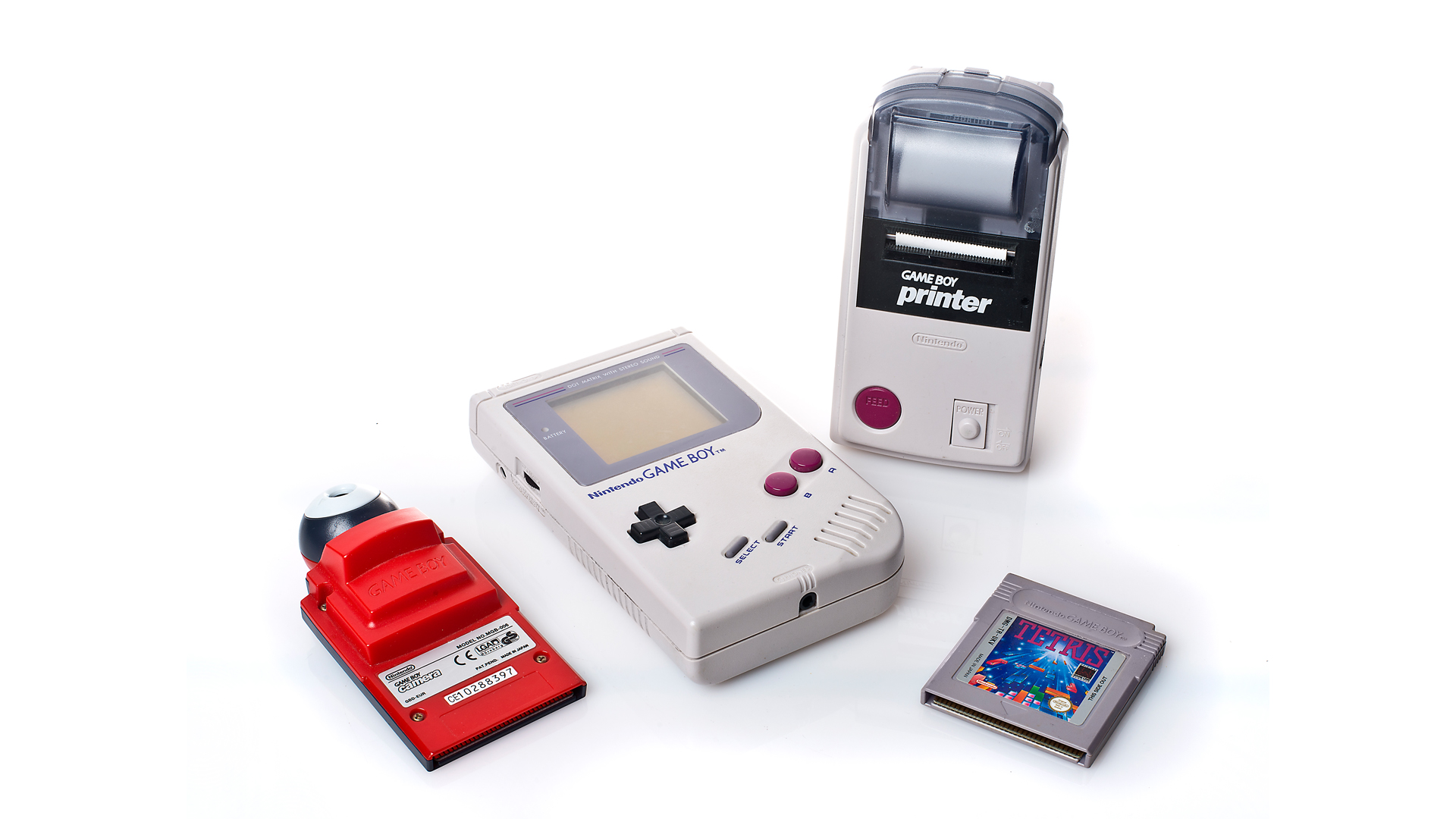
When the Game Boy finally arrived in Europe, almost 18 months after its Japanese debut on the 21 April 1989, there were just half-a-dozen games released alongside it. Of these, Super Mario Land, Tennis and Golf were the must-have titles. One title you didn’t have to buy was the revelatory Game Boy version of Tetris as it came bundled with the console. This smart move had worked wonders for Nintendo in the US, leading to stellar sales (a reported million units were sold within weeks of its launch). It really was the perfect pack-in – the ultimate game on the go.
Sign up to the GamesRadar+ Newsletter
Weekly digests, tales from the communities you love, and more
The success of the hardware quickly led to flood of fresh software that identified the Game Boy as a diminutive yet capable contender that could punch above its weight (which was a lean 300g including batteries, in case you were wondering). In its first couple of years the handheld was home to some fantastic original titles such as pinball sim Revenge Of The ‘Gator, platform adventure Gargoyle’s Quest, and the Game Boy exclusive sequel Metroid II: Return Of Samus. There was also plenty of decent and undeniably attractive licensed fare like Teenage Mutant Ninja Turtles, RoboCop and Batman. Coin-ops were converted too with varying results, as you might expect, although Double Dragon, Nemesis and R-Type were all admirable attempts.
The Game Boy’s custom processor, which was essentially a [Zilog] Z80 with some bits missing and others added, ensured that many programmers could move over to the machine with little problem. Bob Pape, who coded the celebrated Spectrum version of R-Type, went on to develop R-Type II for the handheld. "I found the Game Boy to be a very simple and easy machine to code for," Pape says. "The hardware of course had limitations but then that was the same for all early 8-bit consoles and computers. Some people may have had problems dealing with the limited instruction set of the custom Sharp processor that the Game Boy used, compared to the Z80, but I think for those programmers who were used to having to scratch for every last byte out of a 1K ZX81 or 48K Spectrum through tight coding then it was almost like coming home."
Developing in the dark

In the past Nintendo has been accused of providing developers with vague or incomplete documentation, but in Pape's experience this wasn't too much of an issue as the hardware was pretty much an open book. "Well if you don't know what's missing then you can't say it's not there!" he comments. "It's more likely that certain coding techniques were kept quiet to give companies an edge, things like how to multiplex the sprites or give the appearance of seven shades of grey. Other ways of programming the hardware were so obvious they didn't need documenting."
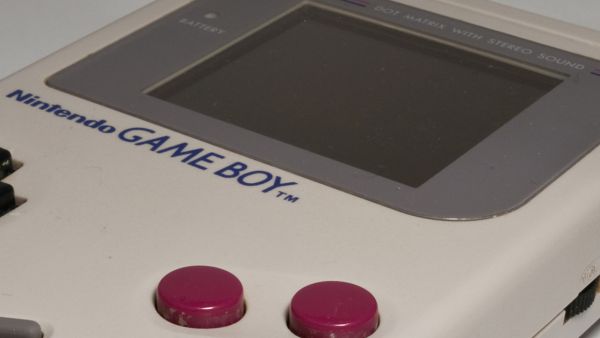
From Donkey Kong to Tetris, join us as we look back at the 25 best Game Boy games of all time. Trust us, whittling that down to such a small number was an almighty challenge.
Another Z80 developer who gladly moved over to the Game Boy was Ken Murfitt. "In many ways the Game Boy was easier to program that the other Z80 platforms," says Murfitt, who came chiefly from a Amstrad CPC background and developed Double Dragon 3 and The Lawnmower Man for the Game Boy on behalf of The Sales Curve. "It was exciting to use real sprite and background-scrolling hardware, after so many years of squeezing every last instruction out of platforms like the CPC and Spectrum."
"No more pre-shifted sprites that hog memory, sprite masking or the Z80 stack tricks required to perform background scrolling. You could just set up the sprite buffers one time and scrolling hardware registers once per frame and go. Obviously it was a step backwards in terms of colour count – there were four levels of grey against the Amstrad’s palette of 27 colours. You could get in-between greys using flickering but it was visually distracting and so I preferred dithering."
"There were these early production Game Boys of which only a few thousand units existed in the world and Nintendo insisted that any submitted title must run perfectly on them"
Ken Murfitt
So developing for the Game Boy wasn’t particularly difficult for seasoned programmers, but Murfitt notes there were a couple of unexpected considerations. "The first was battery life. The processor was put to sleep using the HALT or STOP command after processing had been completed for a frame, and this would minimise battery drain until the next vertical blank, 60 times per second. It was surprising to me at the time that the battery life could be extended by saving power during these tiny slices of CPU down time."
And then there was the odd entity known as ‘Version Zero Game Boy’. Murfitt explains: "There were these early production Game Boys of which only a few thousand units existed in the world and Nintendo insisted that any submitted title must run perfectly on them. The difference was that the video memory was slightly slower in some respect and problems would be apparent with partially scrambled background tiles appearing in your game due to memory contention. It was a shame because it further restricted how many background blocks you could update during the video blank."
Click onto the second page of this article to learn all about the Super Game Boy, how the Game Boy's huge library of titles was such a gamechanger, and to discover how truly powerful the Tetris effect was at the time.


